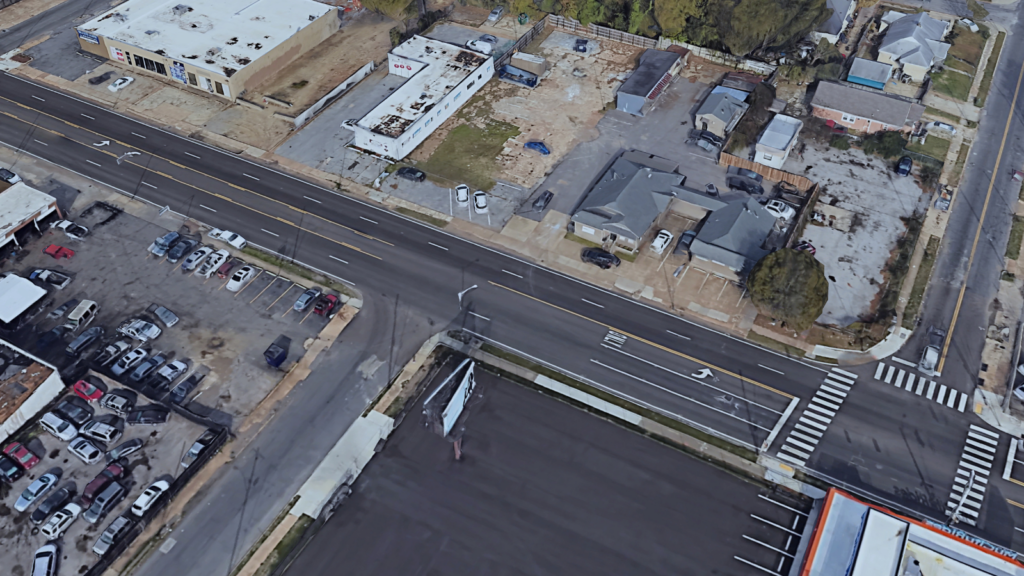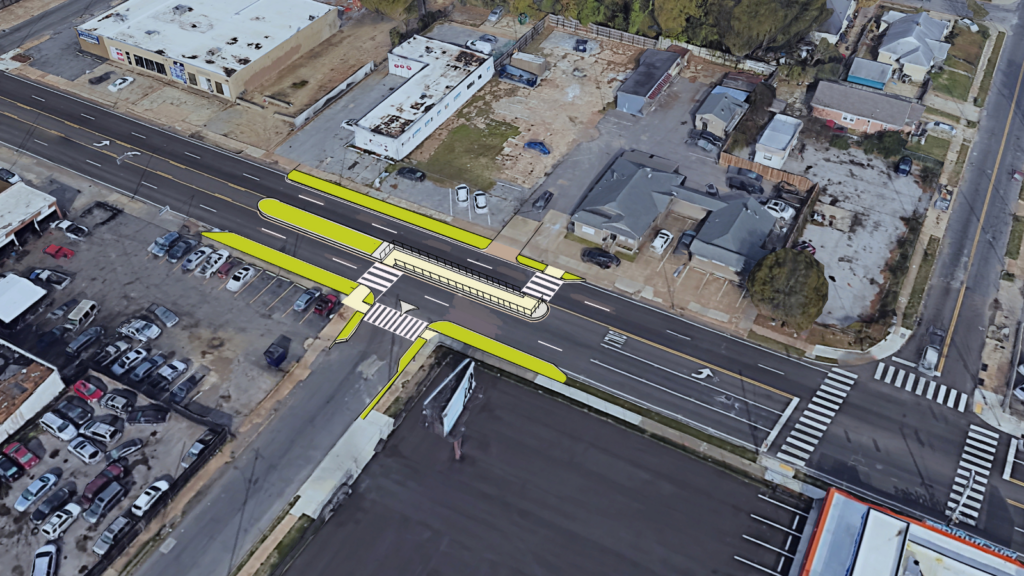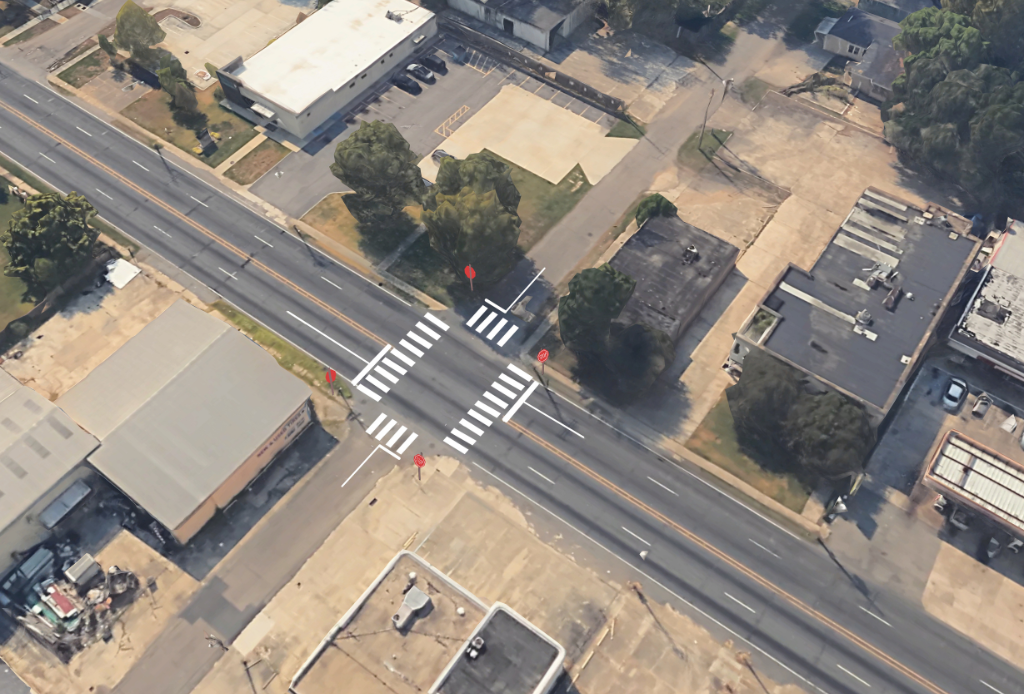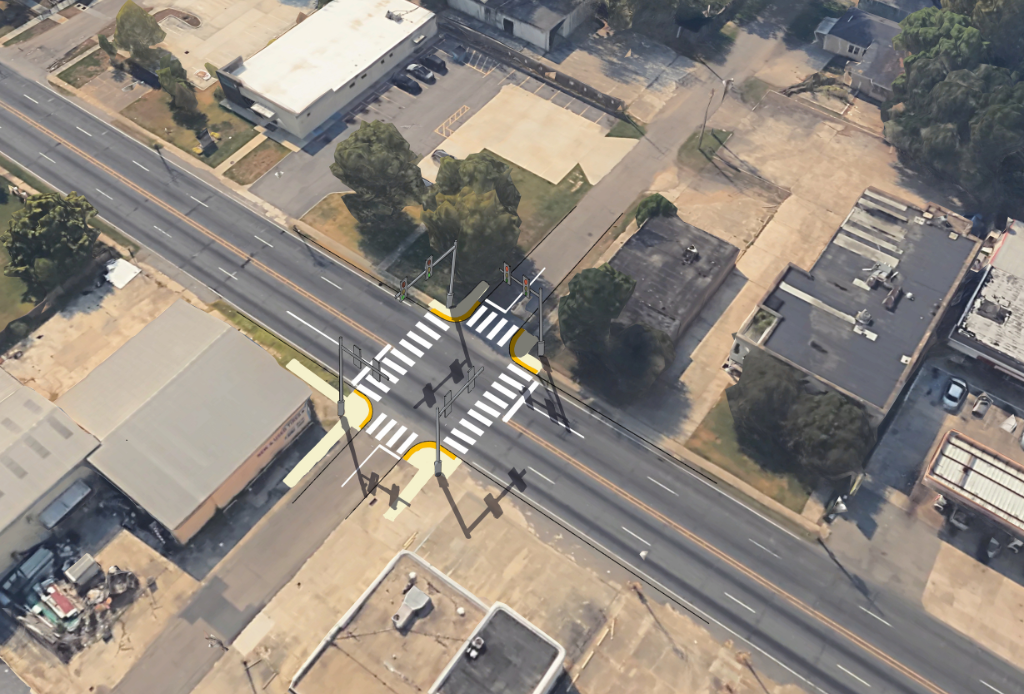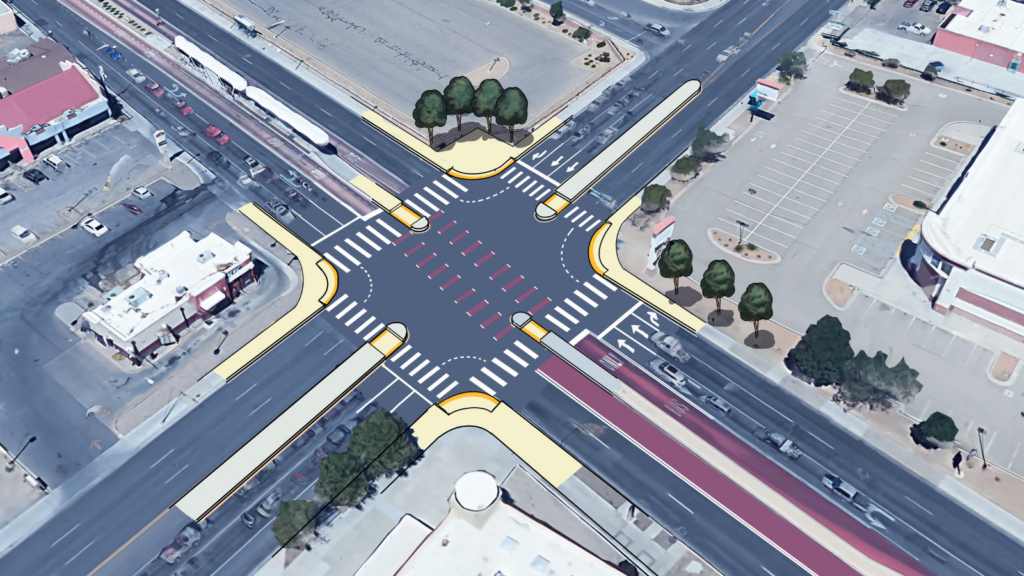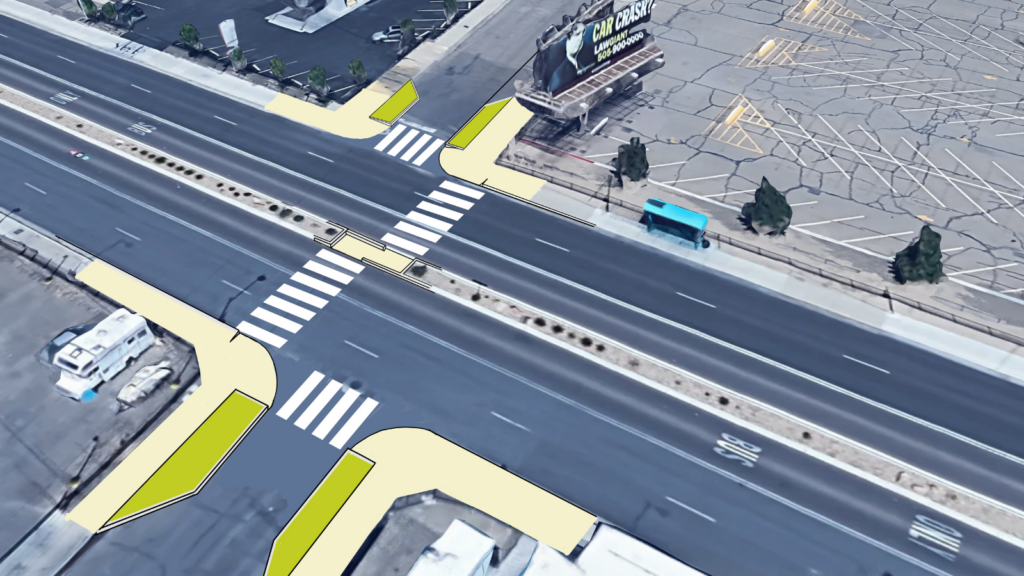
News
By Heidi Simon, May 30, 2024
Smart Growth America has been writing about the need for changes to street design for a long time—the first edition of Dangerous by Design came out in 2009. Despite the discouraging trends in pedestrian safety, our message remains consistent. In order to make environments safer for people walking, we need to actually change our environments. The data is clear that improving street design to slow cars, reduce conflict points, and provide proper and consistent infrastructure for pedestrians is the only way we’ll move the needle on safety.
- Crashes are taking place in the same locations. As reported in this year’s Dangerous by Design, the most dangerous places are getting more dangerous. Moreover, within individual cities, there are intersections and corridors that see multiple pedestrian fatalities. Without changing the street design and surrounding built environment, we can expect that people will continue to die in these locations.
- Crashes are taking place under similar conditions. Streets that are designed for speed and enable, if not outright encourage, reckless driving behavior can be found in every community across the U.S. And these are the places where people are killed while walking, biking, and rolling. In the same way that we know what design interventions can save lives, we know what street designs contribute to the rising fatalities.
- Crashes are taking place in unprioritized areas. The people who are dying—people of color, older adults, and those who travel outside of vehicles either because of choice or necessity—are the people who are often overlooked in our policies, systems, and funding. Their needs are not reflected in the changes we make to the built environment and that’s reflected in the crash data.
Safety design interventions that work
The changes needed to improve the safety of people walking are not necessarily complicated or expensive interventions. A range of techniques are available to communities to improve visibility, reduce conflict points, shorten crossing distances, and encourage safer speeds. A city might be able to overhaul an intersection with designed medians, improved lighting, and more visible markings at curbs.
But a well-maintained striped crosswalk with additional lighting and crosswalk signals would also create a safer environment. Even something modest, such as deploying stop signs and a striped crosswalk, would communicate to drivers that people were walking nearby and they should drive with caution to allow for safer crossings.
Streets need to be redesigned and repurposed to provide safe, accessible, and convenient places for people walking. Using medians, curb extensions, and pedestrian refuge islands can achieve this while simultaneously delivering important cues to drivers on how to safely navigate the space.
Data not only makes the case that we need to change the way our streets are designed but also provides clear examples of ways to slow speeds, improve visibility, and reduce crossing times, which are all critical in improving safety, accessibility, and convenience for people walking. We cannot pretend that we are doing anything to address the pedestrian safety crisis if we are not seriously tackling the challenging environments we force people to walk in.

Special thanks to Michael Baker International and Peter Quintanilla who produced these illustrations of safety design interventions.
Related News

© 2025 Smart Growth America. All rights reserved
Site By3Lane Marketing







